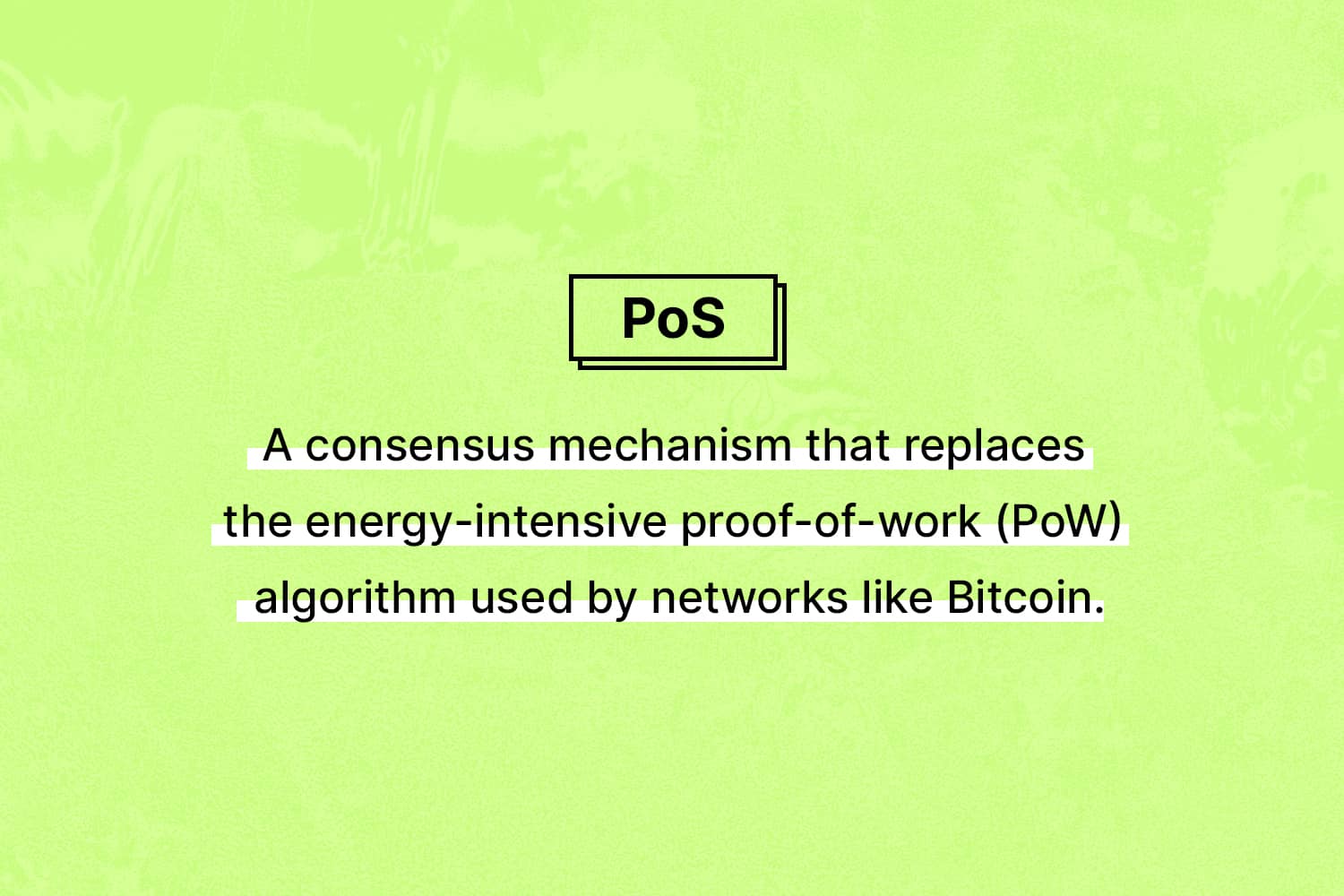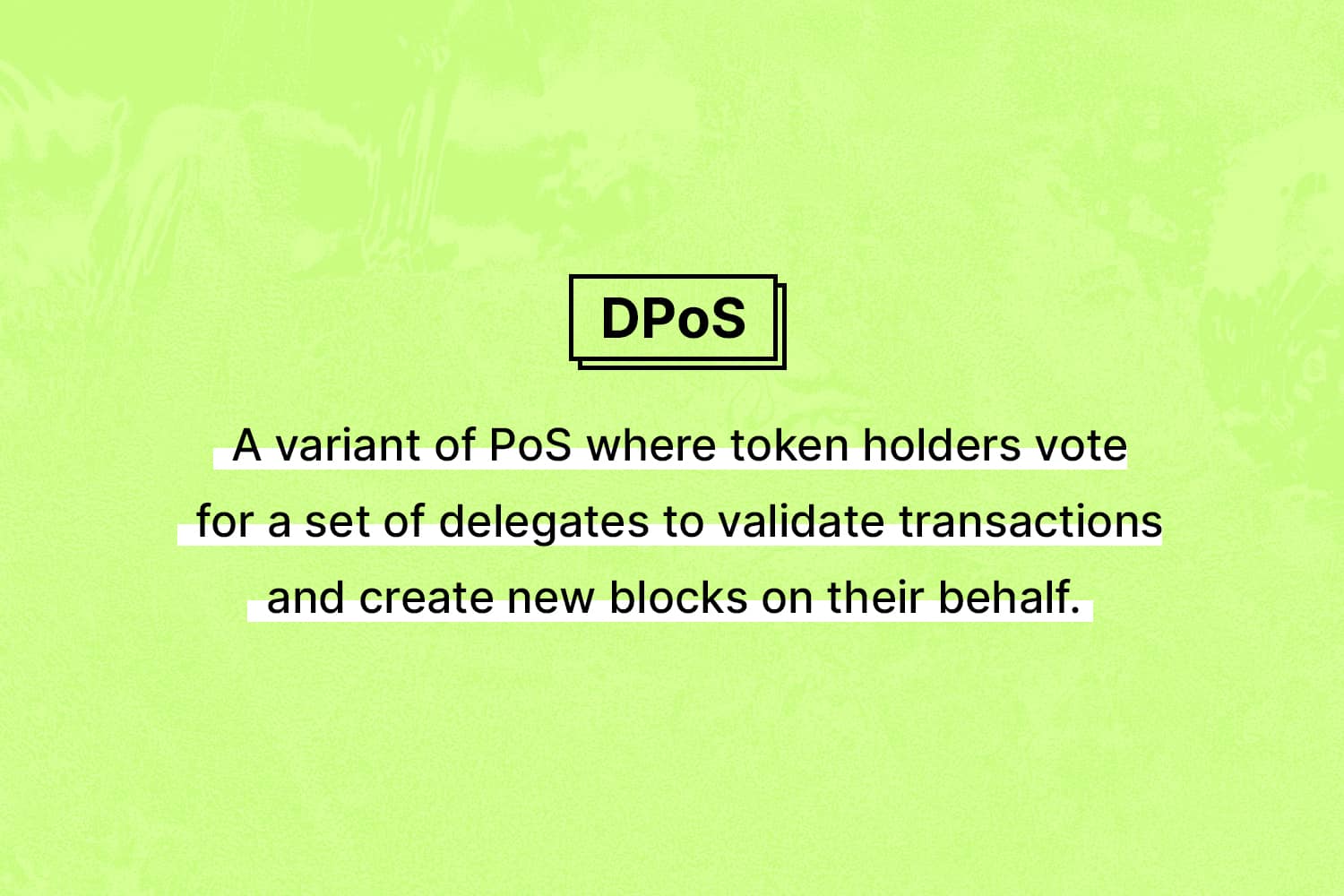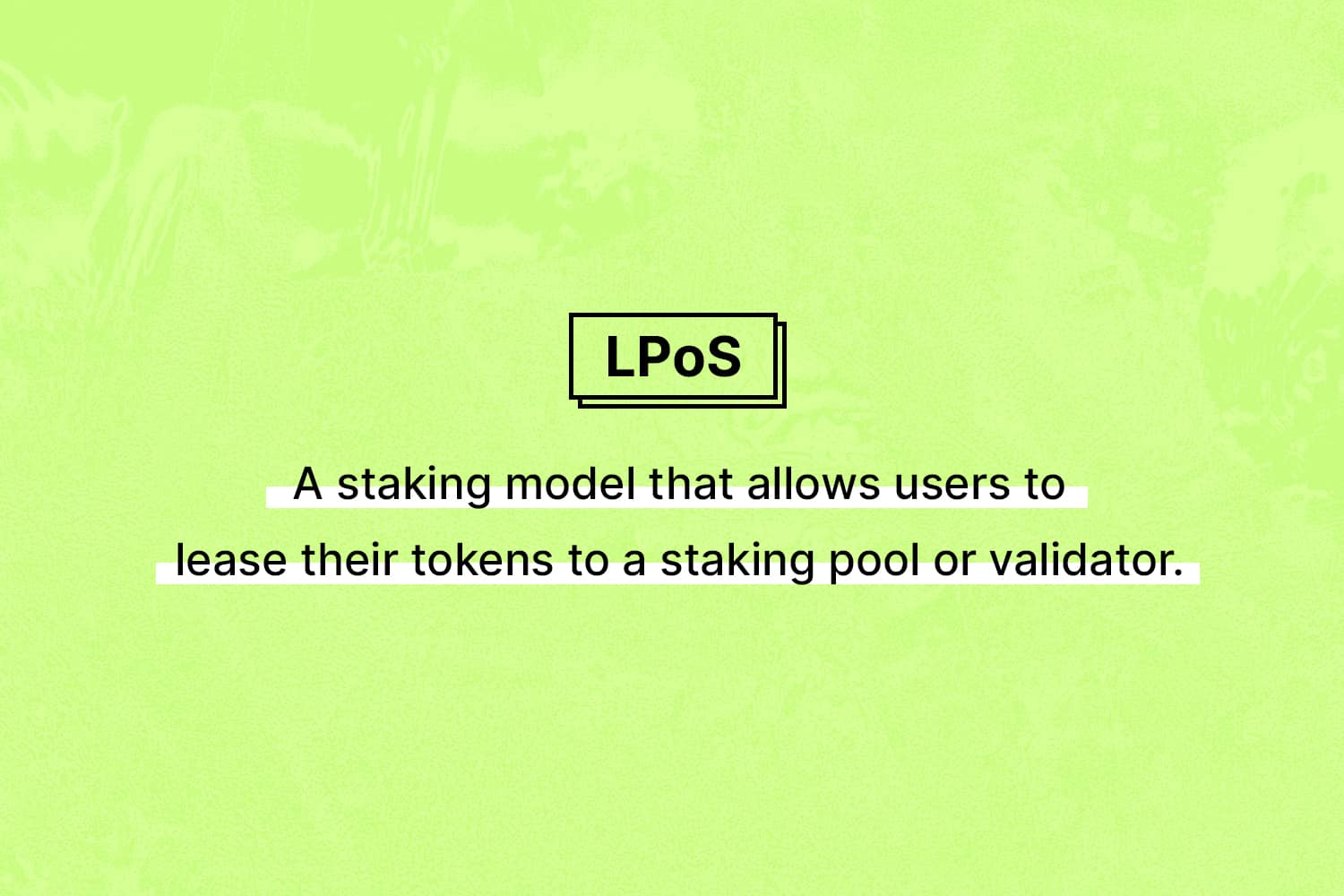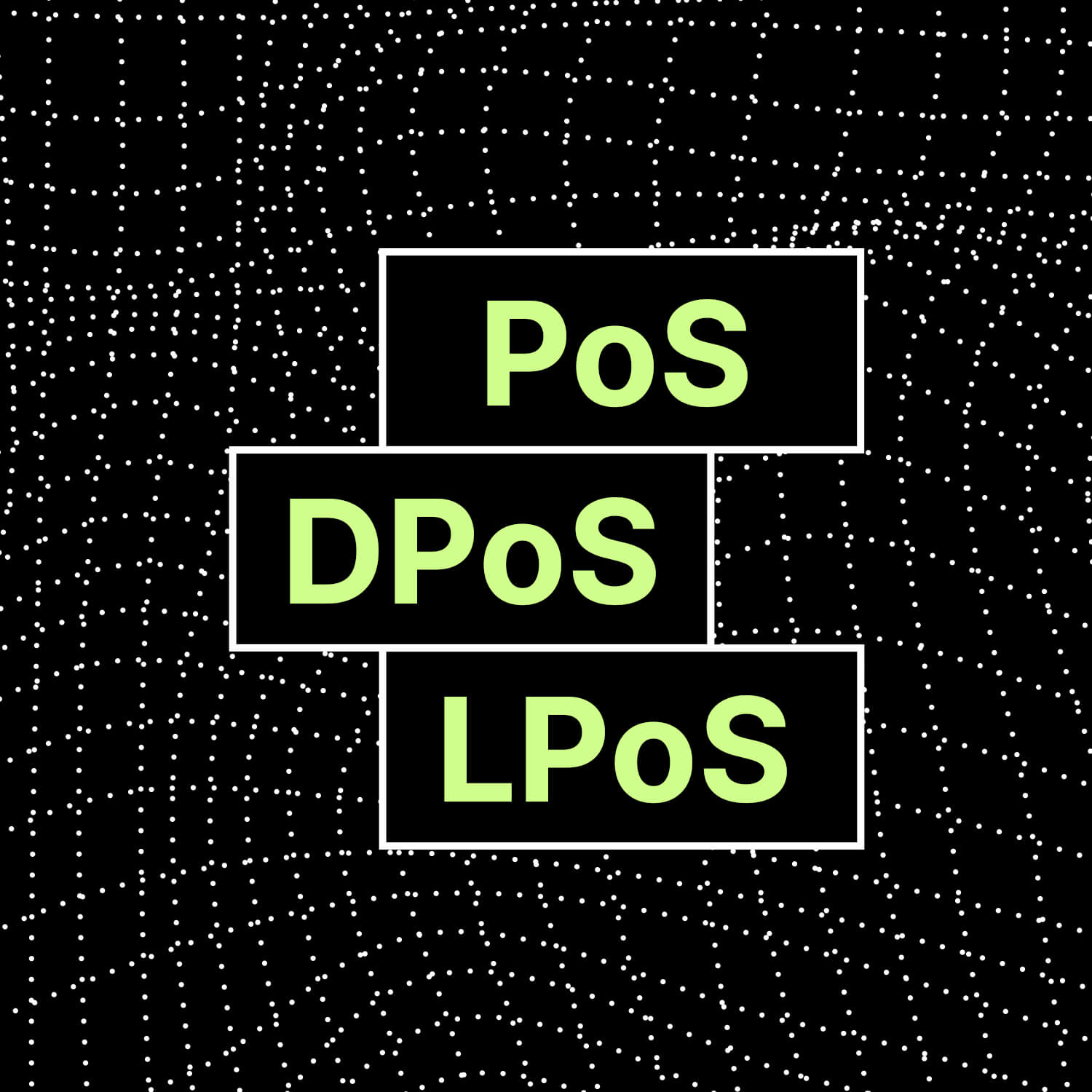Staking has become a popular method for users to participate in the consensus process of various blockchain networks and earn rewards in return. The staking model, however, can vary greatly between different blockchain networks, making it important to understand the different options available. In this article, we will compare the different staking models in the blockchain industry to help you make an informed decision on which one to participate in.
Proof of Stake (PoS)

Proof of Stake is a consensus mechanism that replaces the energy-intensive proof-of-work (PoW) algorithm used by networks like Bitcoin. In a PoS system, validators are chosen to create new blocks and validate transactions based on the amount of tokens they hold and are willing to “stake” or lock up as collateral. The more tokens a user stakes, the higher the chances are that they will be selected to validate a block, and the more rewards they will receive. PoS is known for its energy efficiency and security.
Delegated Proof of Stake (DPoS)

Delegated Proof of Stake is a variant of PoS where token holders vote for a set of delegates to validate transactions and create new blocks on their behalf. The delegates are then incentivized to act in the best interests of the network, as they will lose their delegate status if they do not perform their duties effectively. DPoS is known for its high transaction speeds and low fees.
Leased Proof of Stake (LPoS)

Leased Proof of Stake is a staking model that allows users to lease their tokens to a staking pool or validator. The validator then uses these tokens to validate transactions and create new blocks, and the rewards are shared between the validator and the token holders. LPoS is a good option for users who do not have a large amount of tokens but still want to participate in staking and earn rewards.
Conclusion
The individual’s goals and preferences will heavily influence his or her choice of staking model. PoS is an excellent choice for those who want to participate in consensus and earn rewards while also contributing to network security. DPoS is an excellent choice for those who want to contribute to consensus and earn rewards without actively managing their staked tokens. LPoS is a good option for those who want to earn rewards but do not have a large number of tokens or the technical knowledge needed to run a node.
In conclusion, each staking model has its own unique benefits and drawbacks, and it’s important to understand them before choosing which one to participate in. By being informed, you can make an informed decision on which staking model aligns with your goals and preferences, and maximize your rewards in the process.

